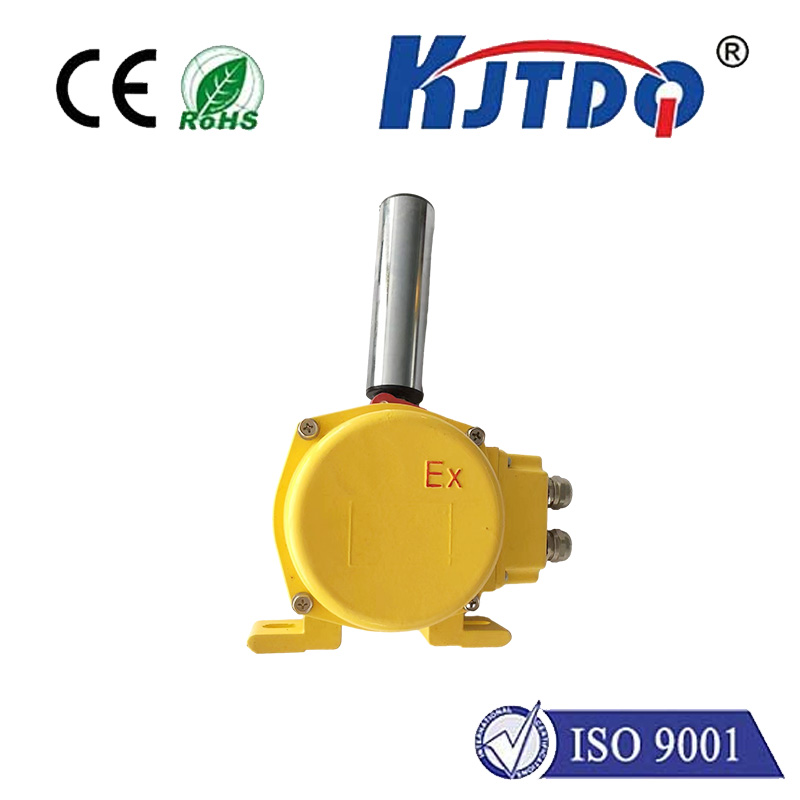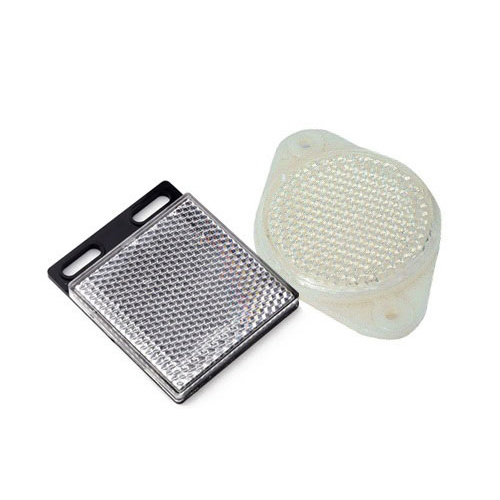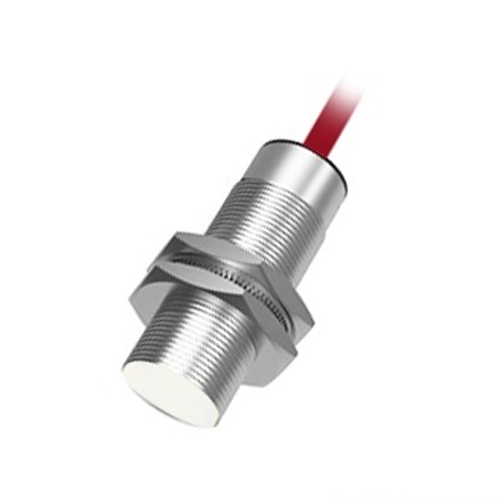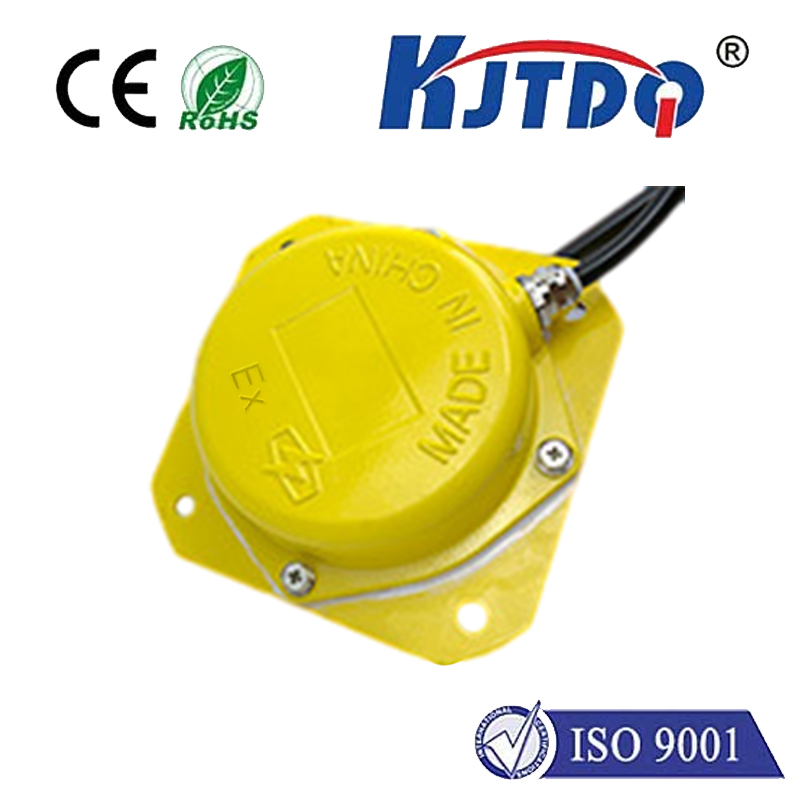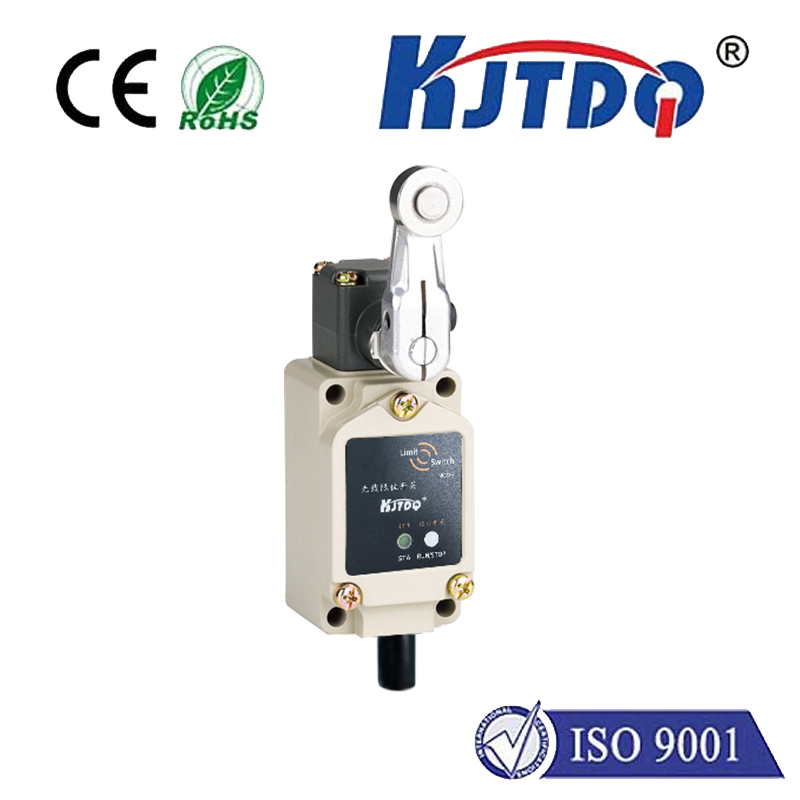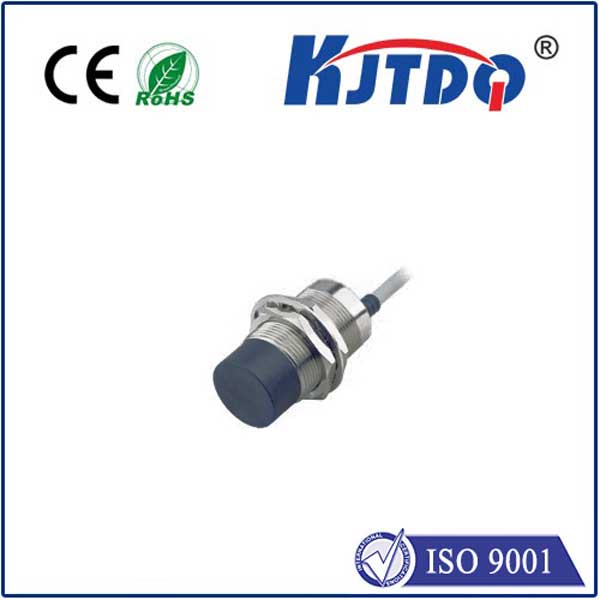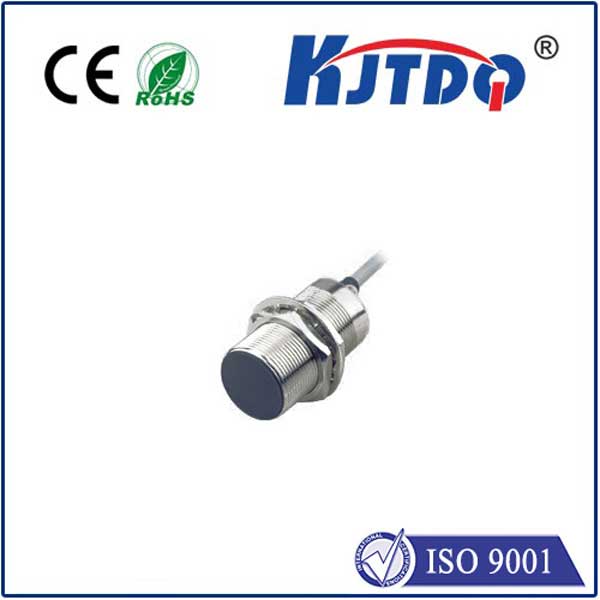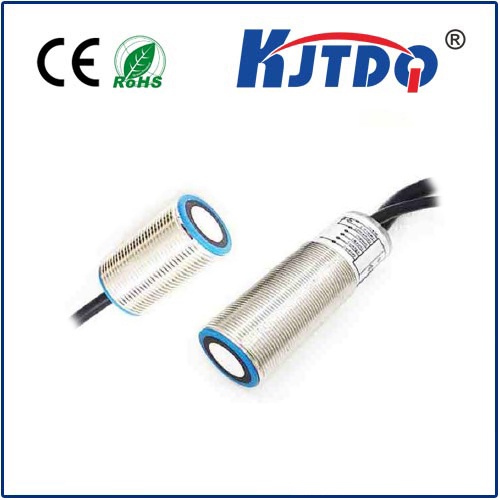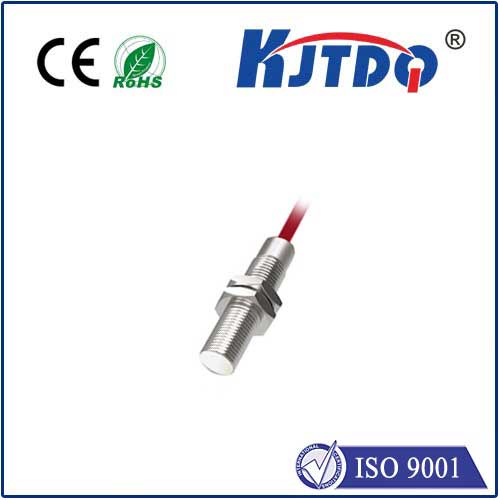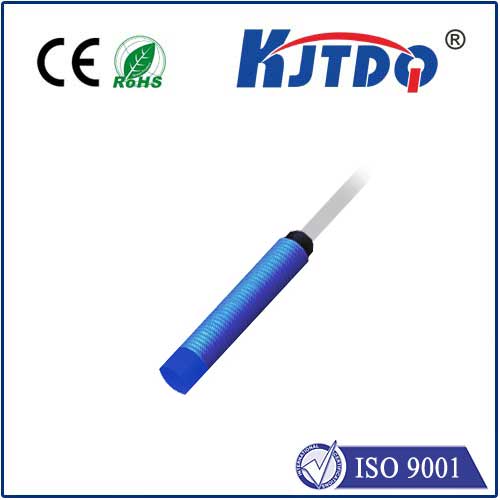sealed micro switch
- time:2025-08-07 03:57:12
- Click:0
Sealed Micro Switches: Guardians of Reliability in Demanding Environments
Imagine a critical piece of machinery grinding to a halt. Production lines freeze. Valuable time and resources evaporate. Often, the culprit isn’t a catastrophic failure of a major component, but something seemingly small: a standard micro switch compromised by dust, moisture, or chemical exposure. When reliability is non-negotiable in challenging conditions, sealed micro switches emerge as the indispensable solution. These robust components are engineered specifically to perform consistently where ordinary switches would falter.
Demystifying the Sealed Micro Switch
At its core, a micro switch is a compact, precision snap-action switch known for its distinct audible “click” and consistent operation. It utilizes a spring-loaded lever or plunger that, when actuated, rapidly changes the electrical contacts’ state (from Open to Closed or vice versa) with minimal physical movement. This design offers exceptional durability and long life for countless switching cycles.
The critical differentiator for a sealed micro switch lies in its enhanced protection. These units incorporate specialized seals, gaskets, and often specific manufacturing techniques (like overmolding) to create a barrier against external contaminants. This intentional sealing transforms a standard micro switch into a component capable of thriving where others fail.
The Imperative for Sealing: Why Protection Matters

Why bother sealing a micro switch? The answer lies in the harsh realities of many industrial and commercial applications:
- Dust and Particulate Invasion: Fine dust, abrasive particles, or fibers can infiltrate standard switches, accumulating on contacts. This buildup leads to increased contact resistance, arcing, overheating, and eventual switch failure. Sealed micro switches prevent this ingress, ensuring clean contact surfaces.
- Moisture and Liquids: Water, humidity, coolants, oils, and other liquids pose a severe threat. They cause corrosion of contacts and internal components, short circuits, and unpredictable operation. Waterproof and moisture-resistant designs are essential in food processing, marine environments, outdoor equipment, and washdown areas.
- Chemical Exposure: Aggressive chemicals, solvents, or cleaning agents can degrade plastic housings, attack metal components, and dissolve internal lubricants. Sealed switches use compatible, resistant materials and sealing techniques to withstand these corrosive environments.
- Temperature Extremes and Fluctuations: While micro switches generally handle a range of temperatures, extreme cold can make seals brittle, and extreme heat can degrade them or cause internal condensation. Specialized sealed variants are rated for broader, harsher temperature ranges.
Decoding the Seal: IP Ratings and Construction
The effectiveness of sealing is quantified using the Ingress Protection (IP) rating system. This international standard defines a switch’s resistance to solids (like dust) and liquids. For sealed micro switches, common and crucial ratings include:
- IP67: Offers complete protection against dust ingress (first digit ‘6’) and protection against the effects of temporary immersion in water up to 1 meter deep for 30 minutes (second digit ‘7’). Ideal for environments with heavy dust and potential for splashes or temporary submersion.
- IP65: Dust-tight (first digit ‘6’) and protected against low-pressure water jets from any direction (second digit ‘5’). Suitable for washdowns and locations with significant splashing but not immersion.
- IP54: Protected against limited dust ingress (first digit ‘5’) and splashing water from any direction (second digit ‘4’). Good for typical industrial environments with moderate dust and moisture.
- IP69K: The highest protection level, dust-tight (first digit ‘6’) and protected against close-range high-pressure, high-temperature water jets (second digit ‘9K’). Critical for demanding food, pharmaceutical, and chemical applications requiring aggressive washdown procedures.
Beyond the rating, the physical construction is key:
- High-Quality Seals & Gaskets: Typically made from durable, flexible elastomers like silicone or Viton (FKM), chosen for their resilience against temperature, chemicals, and compression set.
- Robust Housing Materials: Engineering thermoplastics or metals offering inherent chemical and impact resistance.
- Sealed Actuator: Special attention is paid to sealing the point where the plunger, lever, or roller exits the housing – a common failure point in non-sealed designs. Hermetic sealing techniques might be used internally for critical applications.
- Overmolding: Encasing the switch body and terminals in a protective layer of resin or rubber provides exceptional sealing and strain relief for cables/wires.
Where Sealed Micro Switches Shine: Key Applications
Their resilience makes sealed micro switches the preferred choice across numerous demanding sectors:
- Industrial Automation & Machinery: CNC machines, robotic arms, conveyor systems, presses, packaging lines – anywhere dust, coolant mist, or oil spray is present.
- Appliance Manufacturing: Washing machines, dishwashers, refrigerators with ice/water dispensers, coffee makers – environments prone to moisture and condensation.
- Automotive & Transportation: Engine compartments, under-carriage sensors, door locks, seatbelt sensors, agricultural vehicles, marine applications – facing dust, water, fuel/oil, vibration, and temperature swings.
- Medical & Laboratory Equipment: Devices requiring frequent sterilization (autoclaves, washer-disinfectors), diagnostic analyzers – where chemical resistance and high hygiene standards are paramount.
- HVAC Systems: Outdoor units exposed to weather, dampers, blowers – combating humidity and airborne particulates.
- Outdoor & Harsh Environment Equipment: ATVs, construction machinery, traffic control systems, vending machines – enduring rain, dust, and physical abuse.
- Food & Beverage Processing: Filling machines, mixers, conveyors – needing to withstand washdowns with high-pressure, high-temperature caustic cleaners (IP69K often required).
Selecting the Right Sealed Micro Switch: Critical Considerations
Choosing effectively involves more than just grabbing the highest IP rating:
- Assess the Actual Environment: What are the primary threats? Is it fine dust, heavy washdowns, oil mist, specific chemicals? Match the sealing level (IP rating) and material compatibility to the real-world conditions.
- Electrical Requirements: Voltage (AC/DC), current rating (resistive and inductive loads), contact configuration (SPST, SPDT). Ensure the switch can handle the load reliably.
- Mechanical Requirements: Actuator type (pin plunger, lever length/type, roller) needed for the application’s motion and force. Operating force and travel characteristics.
- Physical Size & Mounting: Constraints in the design envelope often dictate switch dimensions and mounting style (snap-in, screw terminals, PC pins).
- Durability & Life Expectancy: Consider the expected number of operating cycles. Sealed switches often boast exceptionally high cycle lives (millions of operations) when properly specified.
- Certifications: Are industry-specific certifications (UL, CSA, CE, VDE, etc.) necessary for the target market or application?
By meticulously evaluating these factors, engineers and designers can leverage the superior reliability of sealed micro switches to build products and systems that operate flawlessly, minimizing downtime and maintenance costs in the face of environmental challenges. They are the silent, dependable sentinels ensuring the smooth functioning of technology where it matters most.






